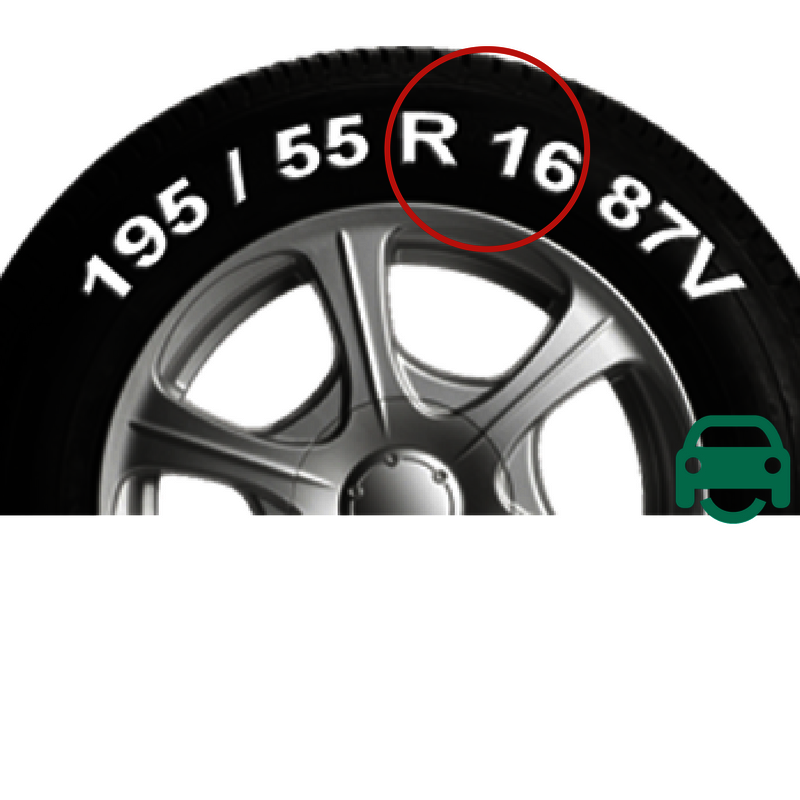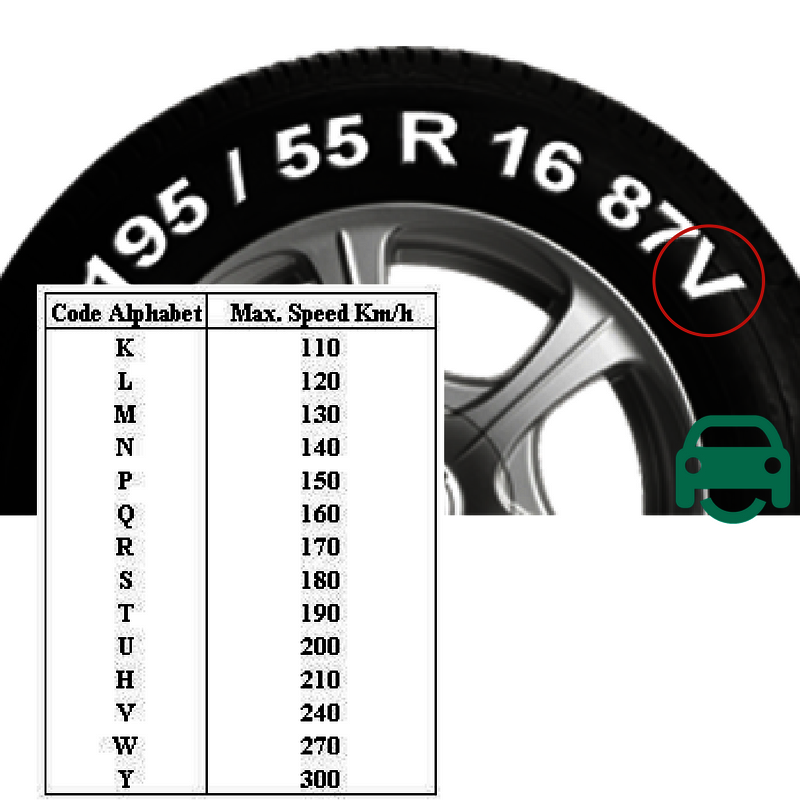Tyre Markings: Understand The Writing & Codes On Your Sidewall

Found on a tyre's sidewall, this jumble of letters and numbers are important to know in order to keep your car running at its best, and help you make the right decision when your old tyres need replacing. They relate to tyre size (width, height and diameter), load index and speed rating parameters.
If you're ever in doubt of what tyres you need, there are lots of online guides or give MotorEasy a call and one of our engineers will be happy to help take care of your car. We might even be able to save you some money on what the garage have quoted using our trade discounts.
Tyre Marking: Width
Tyre width is an important number to know as it affects your all important fuel economy as well as your car's performance. The amount of tyre that is contact with the road, also called the contact patch, impacts the grip and rolling resistance of your tyres. The larger the size of the contact patch the greater the grip, but this also brings with it a higher rolling resistance, equalling higher fuel consumption.
Find it ringed opposite, it's measured in millimetres (mm) and most car tyres end in a 5.
Tyre Markings: Section Height
Like tyre width, this is measured in millimetres - the distance from where the tyre meets the rim to where the tyre meets the road. When reading the number on your tyre this is displayed as 'profile' which translates to the section height as a proportion of the section width. You now know what petrolheads are referring to when speaking about "low profile" tyres and cars!
Lower profile tyres were originally fitted to higher performance cars as they offered more grip during high speed cornering. In recent years, however, lower profile tyres are fitted to cars because they are seen to look good rather than for their performance benefit.
Tyre Markings: Rim Diameter
The rim diameter is the size of the metal wheel rim that fits into the centre of the tyre. The majority of cars wheels are measured in whole inches and can be anything from 12" to 22".
Larger diameter tyres are preferable for higher performance vehicles as the tread of the tyre has less of a curve, creating a larger contact patch and therefore increasing grip. Much the same as low profile tyres, these days larger rims are often fitted to cars in order to make them look better rather than benefit performance.
Tyre Markings: Load Index
This indicates the maximum weight that your tyre can safely support, to find this out take a look at our free tyre load index table. A quick lookup shows that the example to the left (87 - row 38 on our spreadsheet) would support a maximum of 545kg or 1202lbs. This is a relatively new introduction to measuring tyres and has provided a more consistent method of comparing tyres.
This used to be measured by relaying the strength of the tyre to the number of layers of nylon fabric and steel reinforcement that were woven into the tyre during manufacture, which led to inconsistencies across manufacturers.
Tyre Markings: Speed Index/Rating
The speed index/rating corresponds with a letter in our handy Tyre Speed Rating table, and represents the maximum speed that your tyre can safely run for a maximum of 10 minutes whilst carrying the maximum load. Every vehicle also has a minimum required speed index and this is required by the manufacturer.
It is acceptable, legal and safe to fit a higher speed index tyre than orginally fitted, but it is not recommended that you fit a lower speed index as this may lead to invalidating your car insurance.
Run Flat Tyres
Run Flat tyres are designed to be able to continue working for a small amount of time (usually 50 miles) so you're able to get yourself home or to a nearby garage. The tyre contains a reinforced sidewall to hold the weight of the car when the air presure drops.
Most manufacturers use a Tyre Pressure Monitoring System (TPMS) which will tell the driver when a puncture occurs, or if the tyre pressure drops below a particular level.
How to identify if you have a Run Flat tyre?
On the tyre you will always have the brand name followed by the tyre size. If you have a Run Flat tyre, the tyre size will be followed by 3 further letters which will be different depending on the brand:
Bridgestone : RFT
Continental : SSR
Dunlop : DSST or DSST or CTT or DSST or RUN ON FLAT
Firestone :RFT
Goodyear :EMT or RUN on FLAT
Kumho :XRP
Michelin : ZP
Yokohama : ZPS
Want to keep your tyres protected from annoying potholes? Get a quote for MotorEasy Tyre Insurance and save up to 75% on main dealer prices!
If you're not sure on which tyres to get, then look no further as MotorEasy Tyres will compare thousands of tyre prices for you!
Tyres are checked at your MOT and service to make sure they are within the legal limits, keeping you roadworthy. If yours need replacing MotorEasy can help you get some fantastic prices and arrange for someone to come and get your car and bring it back meaning you never have to go to a garage again.
We hope you liked our guide to all things tyre marking, remember you can always find more guides in the MotorEasy Magazine.
Further Reading
Winter Driving - Tips For Driving On Ice & Snow










